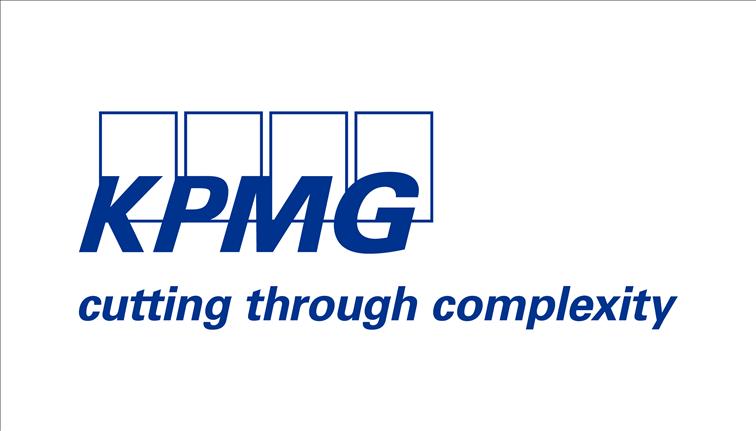Dinesh Naik
 New Zealand companies with Trans-Tasman operations should benefit from recent Australian Tax Office (ATO) announcement, simplifying Australian transfer pricing record keeping requirements.
New Zealand companies with Trans-Tasman operations should benefit from recent Australian Tax Office (ATO) announcement, simplifying Australian transfer pricing record keeping requirements.
The aim is to reduce compliance costs for smaller businesses and ensure that the ATO allocates its audit resources appropriately to higher risk transactions and businesses.
This follows changes made last year with the ATO toughening its approach to transfer pricing and introducing more comprehensive (onerous) transfer pricing documentation requirements.
Conciliatory Steps
In recognition of the additional compliance burden, the ATO has taken conciliatory steps that include by simplifying transfer pricing record keeping requirements for (a) Small taxpayers including businesses or groups with a turnover of less than A$25 million (b) Distributors with turnover of less than A$50 million and a profit before tax ratio of at least 3% (c) Low value intra-group services, where the value is less than A$1 million or less than 15% of total expenses or revenue (d) Low value loans, with total related-party loan balances less than A$50 million.
However, Australian operations that would otherwise meet one (or more) of the above criteria will not be eligible for relief if (a) Incurring losses for more than three consecutive years (b) Involved in transactions with entities in certain (low or no tax) jurisdictions (c) Undergoing a business restructuring (d) Engaging in cross-border related-party transactions involving intellectual property (e.g. royalties or licence fees) or research and development.
Simplified requirements
The ATO guidance reduces the need to prepare detailed transfer pricing documentation if the eligibility requirements are met, and importantly, emphasises that ATO audit resources will not be allocated to these ‘low risk’ taxpayers and transactions.
In relation to intra-group services, the ATO will accept a mark-up of up to 7.5% for services provided to an Australian business and 7.5% or more for services provided by that business.
For low-value related party loans received by an Australian business, the ATO will accept an interest rate that is no more than the Reserve Bank of Australia (RBA) indicator lending rate for ‘small business; variable; residential-secured; term.’
The loan must also be AUD denominated.
Arm’s Length basis
The simplified requirements do not eliminate the need for an Australian taxpayer to conduct business with offshore-related parties (such as its New Zealand parent) on an arm’s length basis or to file an International Dealings Schedule (IDS), if required, with the ATO.
Instead, eligible Australian businesses should disclose in their IDS the simplified record keeping option(s) adopted.
This new administrative practice will be introduced for an initial period for three years (income years commencing from July 1, 2013 and ending June 30, 2016).
Wider concessions
This latest guidance should provide some relief for New Zealand businesses with qualifying Australian operations.
Typically, these will be New Zealand companies looking to expand into Australia or those with small Australian distribution functions. The low value intra-group service and loan ‘safe harbours’ will however be applicable for larger taxpayers, if the service value/loan balance conditions are met.
ATO’s administrative concession for intragroup services is slightly wider than New Zealand Inland Revenue Department (IRD) administrative practice, which allows for mark-ups of up to 7.5% on non-core services charges up to NZ$600,000.
New Zealand will still require documentation for amounts in excess of this safe harbour value. For related party loans, IRD will accept a spread of up to 200 basis points above an appropriate base rate (typically this will be a New Zealand Bank Bill rate) for loans up to NZ$10 million.
Dollars difference
Based on current interest rates, an Australia subsidiary would be able to borrow up to A$50 million for one year from its New Zealand parent at a rate of up to 7.1% (the current RBA small business lending rate), under the ATO’s administrative guidance.
In comparison, under IRD’s administrative approach, the applicable interest rate on outbound loans up to NZ$10 million must not be less than 4.5%.
The potential for a mismatch should be noted if the loan is in the New Zealand Dollar, as the Australian safe harbour only applies to AUD denominated loans, unlike the New Zealand safe harbour.
In this particular example, assuming the loan is in Australian Dollar, the transfer pricing requirements in both countries would be met for loan balances less than around A$9 million (which converts to less than NZ$10 million at current exchange rates).
However, foreign exchange rate movements may result in the New Zealand safe harbour ceasing to applying if the converted loan value exceeds NZ$10 million at any time.
 There is also scope for the two administrative practices to come into conflict if Australian interest rates drop (or New Zealand rates rise).
There is also scope for the two administrative practices to come into conflict if Australian interest rates drop (or New Zealand rates rise).
IRD is planning to review its administrative practices on service charges and low value loans in 2015.
Dinesh Naik is Tax Partner at KPMG based in Auckland. KPMG was the Sponsor of the ‘Business Excellence in ICT Category’ of the Indian Newslink Indian Business Awards 2014.






